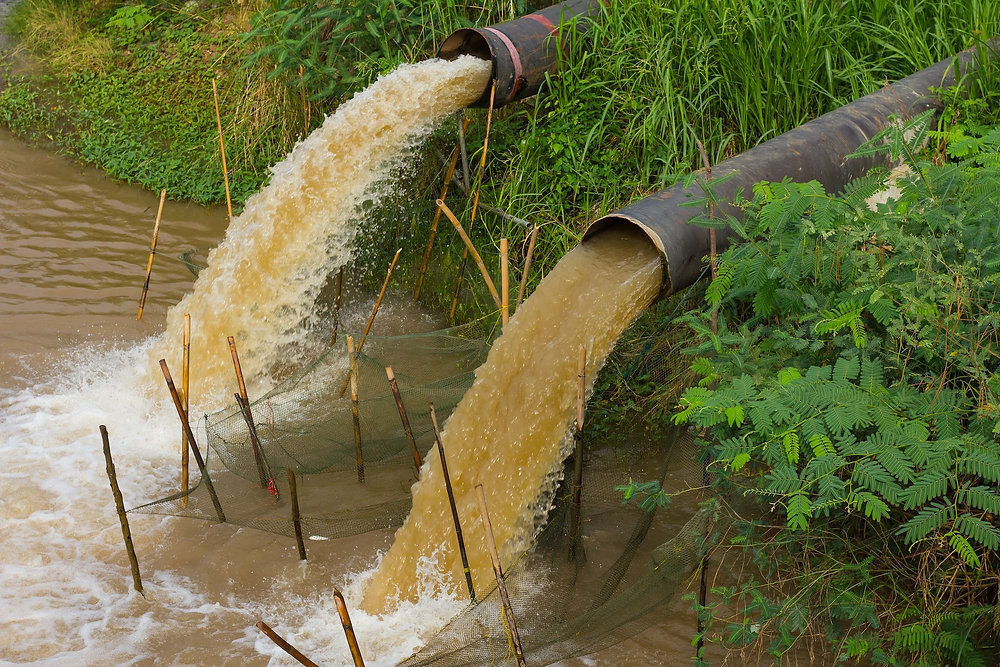- BY Kevin Barry BSc(Hons) MRICS
- POSTED IN Latest News
- WITH 0 COMMENTS
- PERMALINK
- STANDARD POST TYPE

Reforming the UK water and sewerage industry to align with world best practices requires addressing inefficiencies, environmental concerns, and public trust while drawing on successful global models. Below is a concise 10-point plan, informed by international benchmarks like those in Singapore, the Netherlands, and Australia, tailored to the UK context.
1. **Nationalize Strategic Assets, Retain Private Efficiency**: Adopt a hybrid model like Singapore’s PUB, where critical infrastructure (e.g., reservoirs, treatment plants) is publicly owned to ensure long-term investment, while operational management remains privatized for efficiency. Establish a robust regulatory body to enforce performance standards.
2. **Unified National Water Strategy**: Create a centralized UK Water Authority, inspired by the Netherlands’ water boards, to coordinate water resource management, flood control, and sewerage planning across regions, reducing fragmentation and ensuring equitable access.
3. **Invest in Smart Infrastructure**: Emulate Australia’s use of smart water networks (e.g., Sydney Water). Deploy IoT sensors, AI-driven leak detection, and real-time monitoring to reduce water loss (currently ~20% in the UK) and optimize sewerage systems.
4. **Zero-Tolerance Pollution Policy**: Implement Denmark’s strict environmental regulations. Enforce heavy fines and criminal penalties for sewage spills, with real-time public reporting of incidents to restore trust and protect rivers.
5. **Mandate Water Efficiency Standards**: Follow California’s water conservation model. Require low-flow appliances in new buildings, retrofit programs for existing homes, and tiered pricing to incentivize reduced consumption, targeting a 15% reduction in per capita water use by 2030.
6. **Accelerate Renewable Energy Integration**: Adopt practices from Germany’s water utilities, powering treatment plants with solar, wind, and biogas from sludge. Aim for 50% renewable energy use in water operations by 2035 to cut costs and emissions.
7. **Community-Led Governance**: Introduce Dutch-style stakeholder boards with local residents, farmers, and environmental groups to oversee regional water companies, ensuring accountability and alignment with community needs.
8. **Innovate Wastewater Treatment**: Replicate Singapore’s NEWater approach, recycling 50% of wastewater for potable and industrial use by 2040. Invest in advanced membrane and UV treatment technologies to reduce reliance on freshwater sources.
9. **Transparent Pricing and Social Equity**: Model on Chile’s water tariff system, with clear, usage-based pricing and subsidies for low-income households to ensure affordability while discouraging waste. Cap profit margins to prevent price gouging.
10. **Climate-Resilient Infrastructure**: Learn from Australia’s drought-proofing strategies. Build desalination plants, expand reservoir capacity, and integrate nature-based solutions (e.g., wetland restoration) to mitigate flooding and ensure supply during climate extremes.This plan balances public oversight, private innovation, and environmental stewardship, drawing on proven global models to modernize the UK’s water and sewerage sector.
